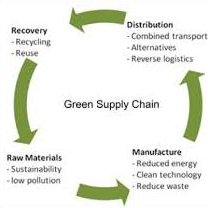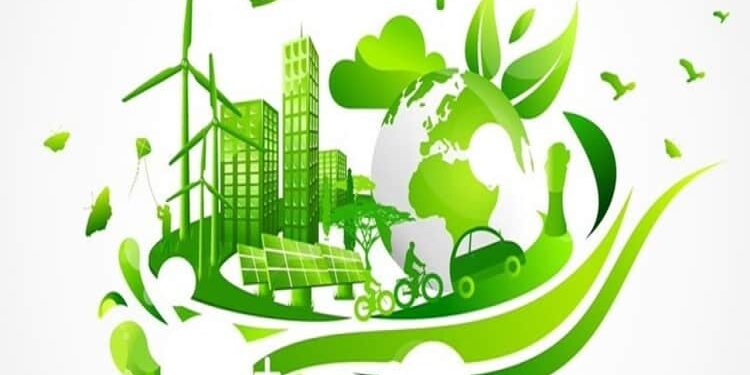Green Supply Chain Management (GrSCM) aims to integrate environmental thinking into supply chain management. This includes product design, material sourcing and selection, the manufacturing process, delivery of the final product to consumers, and end-of-life product management.
Central Concepts Associated With GrSCM
- Green purchasing and procurement, which involves the selection and acquisition of products and services to minimise any negative impacts over product life cycles associated with manufacturing, transportation, usage, and recycling.
- In many countries, governments, industries, and civil society organisations work collaboratively to purchase eco-friendly products.
- Green manufacturing, which uses production processes that have relatively low environmental impacts, are highly efficient, and generate little waste or pollution.
- Green manufacturing can lead to lower raw material costs, production efficiency gains, reduced environmental and occupational safety expenses, and an improved corporate image.
- Green distribution, which relates to packaging and logistics. Packaging characteristics (such as size, shape, and the materials used) have an impact on distribution and transportation.
- Better packaging, together with rearranged loading patterns can mean a reduction in the quantity of materials used, better use of space, and less need for handling.
- Reverse logistics, the process by which manufacturers accept previously shipped products from the point of consumption for recycling and remanufacturing where possible.

















